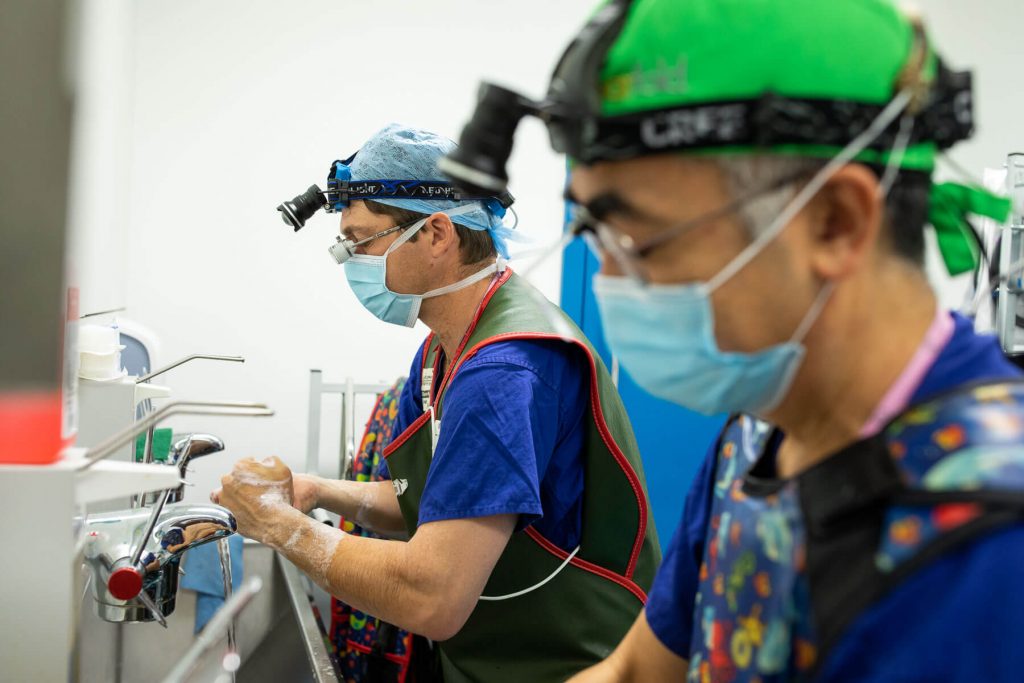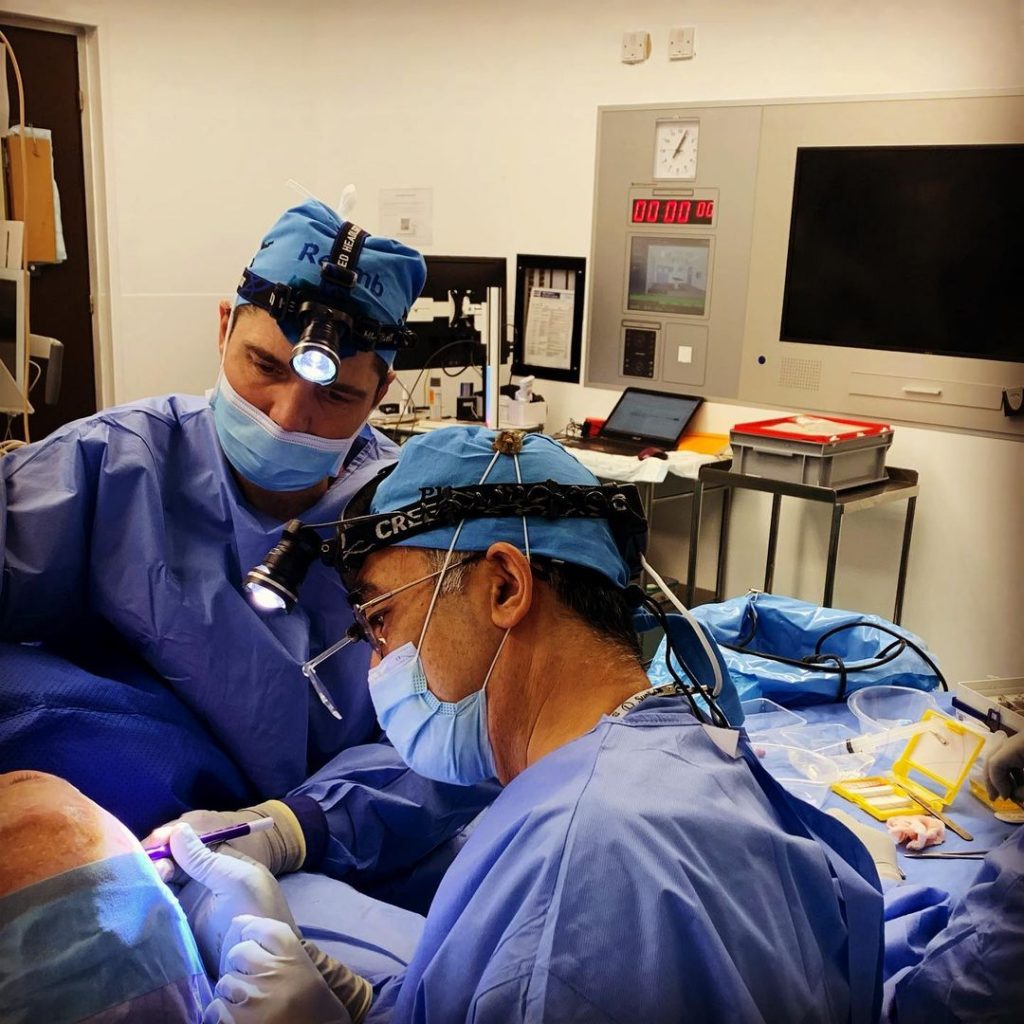Osseointegration is a remarkable medical advancement that has transformed the lives of many amputees. This process allows a metal implant to become permanently fused with the bone, creating a secure and stable connection. These implants are commonly known as bone-anchored implants, and the terms “bone-anchor” and “direct skeletal fixation” are often used to describe this technique.
What is Osseointegration?
Osseointegration is a unique process where a metal implant made of titanium integrates with the bone. This means the implant becomes chemically bonded to the skeleton providing a solid foundation for attaching a prosthetic limb. This technology eliminates many issues associated with traditional socket-mounted prostheses offering a more comfortable and functional solution for amputees.
A Brief History of Osseointegration
The concept of osseointegration was first discovered in the 1950s and has since been widely used in dental implants. However, its application for securing prosthetic limbs is more recent, beginning in Sweden in the 1990s. This technique has since evolved, and recent advancements have made it a reliable method for both upper and lower limb amputees.
Advantages of Bone-Anchored Implants
The benefits of direct skeletal fixation (DSF) with bone-anchored implants are significant:
Improved Movement and Control:
- DSF allows the mechanical axis of the residual limb to be as close to normal as possible. This results in better movement and control of the prosthetic limb. Amputees experience fewer restrictions and more reliable control over their prosthesis.
- In the lower limb this improves walking gait and the knock-on impact on the hips and spine that can cause long term wear and tear.
Elimination of Socket Related Issues:
- Traditional socket-mounted prostheses can cause problems such as ulcers, chafing, sweating, slippage, odor, and pain. Bone-anchored implants eliminate these issues, providing a more comfortable and hygienic solution.
Quick and Easy Attachment:
- Once the implant is fully integrated, attaching and detaching the prosthesis becomes quick and easy. Many users report improved feedback from their prosthesis, a phenomenon known as osseoperception. Some experienced users can even differentiate between different surfaces, such as grass and carpet.
Enhanced Quality of Life:
- This innovative technique significantly improves the quality of life for amputees, allowing them to engage in daily activities with greater ease and comfort.
The Growth of Osseointegration
Initially, only a few specialized centers and surgeons performed osseointegration surgeries. However, since 2010, advancements in implant design, surgical techniques, and our understanding of how these implants function have led to a significant increase in the number of amputees benefiting from this treatment worldwide. Relimb has the largest experience of OI in the UK. To our knowledge we are the only current provider of this surgery in the UK.
Osseointegration and bone-anchored implants represent a major leap forward in prosthetic technology. By providing a more natural and stable connection between the prosthetic limb and the body, this technique offers amputees greater comfort, improved functionality, and a better quality of life. If you or someone you know is an amputee struggling with traditional prosthetic sockets and would consider this procedure, contact us to find out more.


